Growing Awareness and Education
The growing awareness and education surrounding ocular surface pain are pivotal in shaping the Chronic Ocular Surface Pain Market. Increased efforts by healthcare organizations and patient advocacy groups to educate both patients and providers about the symptoms and treatment options for chronic ocular surface pain are fostering a more informed patient population. This heightened awareness is likely to lead to earlier diagnosis and treatment, which can improve patient quality of life. Moreover, educational campaigns are encouraging patients to seek medical advice, thereby increasing the demand for therapeutic interventions. As a result, the Chronic Ocular Surface Pain Market is expected to benefit from a more proactive approach to managing ocular surface disorders, ultimately driving market growth.
Advancements in Treatment Modalities
Technological advancements in treatment modalities are significantly influencing the Chronic Ocular Surface Pain Market. The introduction of novel therapies, such as regenerative medicine and targeted drug delivery systems, has the potential to enhance patient outcomes. For instance, the development of anti-inflammatory agents and biologics is expected to provide more effective pain relief for patients suffering from chronic ocular surface pain. Furthermore, the market is witnessing an increase in the availability of over-the-counter products designed to alleviate symptoms, which could expand the consumer base. As these advancements continue to emerge, they are likely to reshape the treatment landscape, offering new hope for patients and driving growth within the Chronic Ocular Surface Pain Market.
Integration of Digital Health Solutions
The integration of digital health solutions is emerging as a transformative force within the Chronic Ocular Surface Pain Market. Telemedicine and mobile health applications are facilitating remote consultations and monitoring, making it easier for patients to access care. This trend is particularly beneficial for individuals with chronic ocular surface pain, as it allows for timely interventions and ongoing management of their conditions. The convenience of digital health solutions is likely to encourage more patients to seek treatment, thereby expanding the market. Additionally, data collected through these platforms can provide valuable insights into patient experiences and treatment efficacy, which may inform future product development. As digital health continues to evolve, its impact on the Chronic Ocular Surface Pain Market is expected to grow, potentially reshaping how care is delivered.
Rising Prevalence of Ocular Surface Disorders
The increasing incidence of ocular surface disorders is a primary driver for the Chronic Ocular Surface Pain Market. Conditions such as dry eye syndrome and ocular surface inflammation are becoming more prevalent, affecting millions worldwide. According to recent estimates, approximately 30 million individuals suffer from dry eye disease in the United States alone. This growing patient population necessitates the development of effective treatment options, thereby propelling market growth. As awareness of these disorders rises, healthcare providers are more likely to diagnose and treat patients, further stimulating demand for therapies and interventions within the Chronic Ocular Surface Pain Market. The need for innovative solutions to manage chronic pain associated with these conditions is likely to drive research and development efforts, leading to a more robust market landscape.
Aging Population and Associated Eye Conditions
The aging population is a significant driver of the Chronic Ocular Surface Pain Market. As individuals age, they become more susceptible to various ocular conditions, including dry eye syndrome and other surface disorders. The World Health Organization projects that the number of people aged 60 years and older will double by 2050, leading to an increased prevalence of age-related eye diseases. This demographic shift is likely to result in a higher demand for effective treatments and management strategies for chronic ocular surface pain. Consequently, pharmaceutical companies and healthcare providers are focusing on developing age-specific therapies, which could further stimulate growth within the Chronic Ocular Surface Pain Market. The intersection of an aging population and the need for specialized care presents a unique opportunity for market expansion.



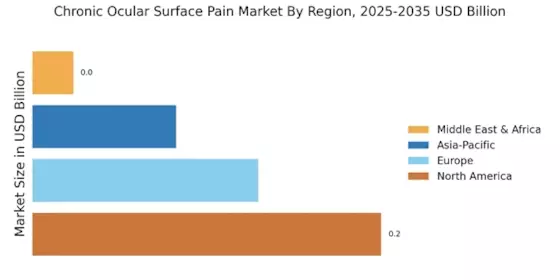
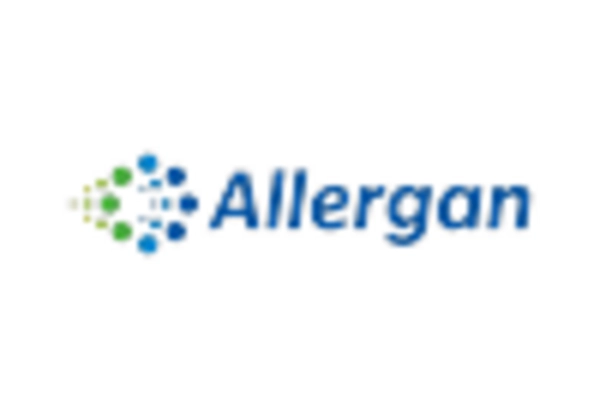
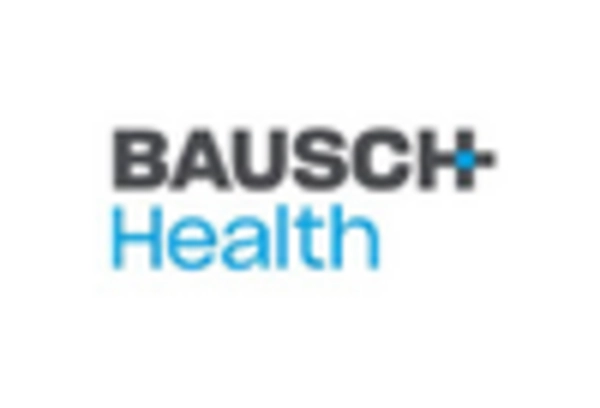


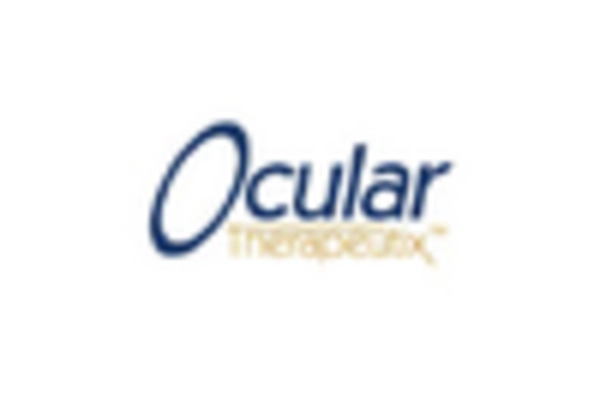
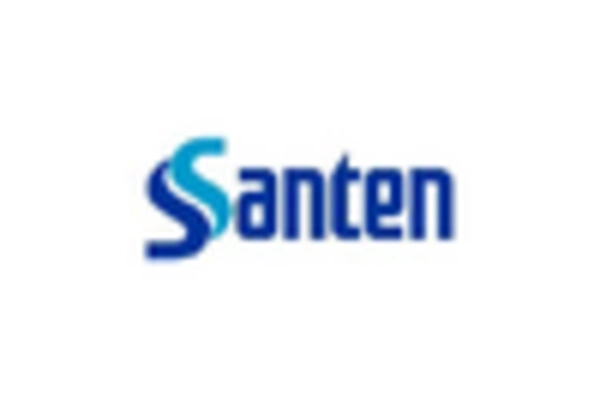








Leave a Comment